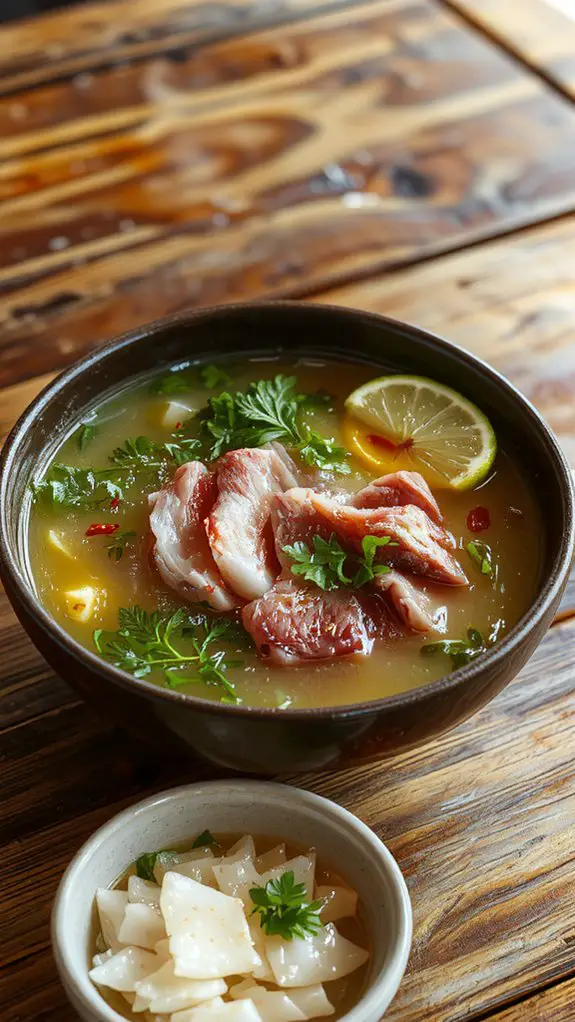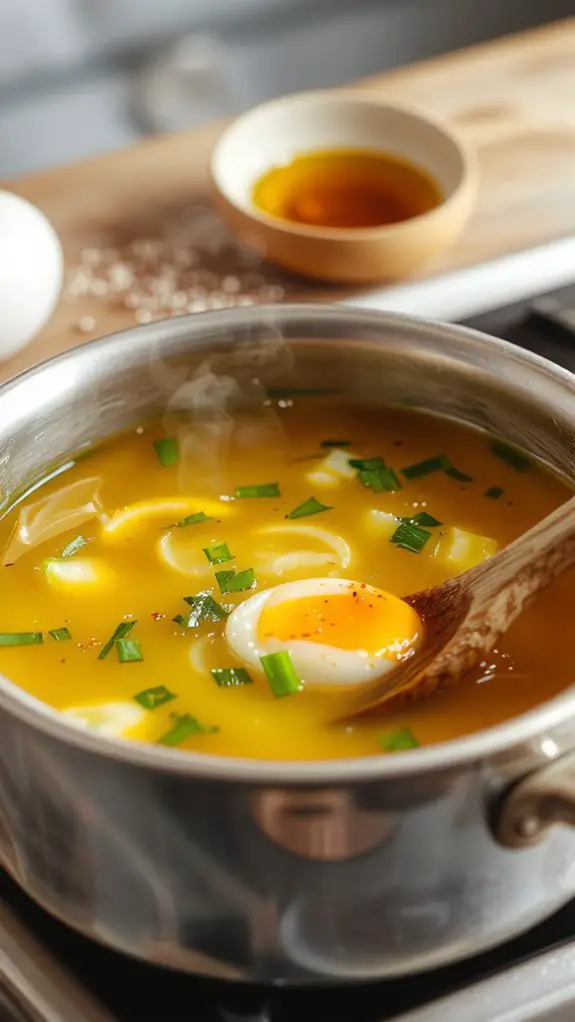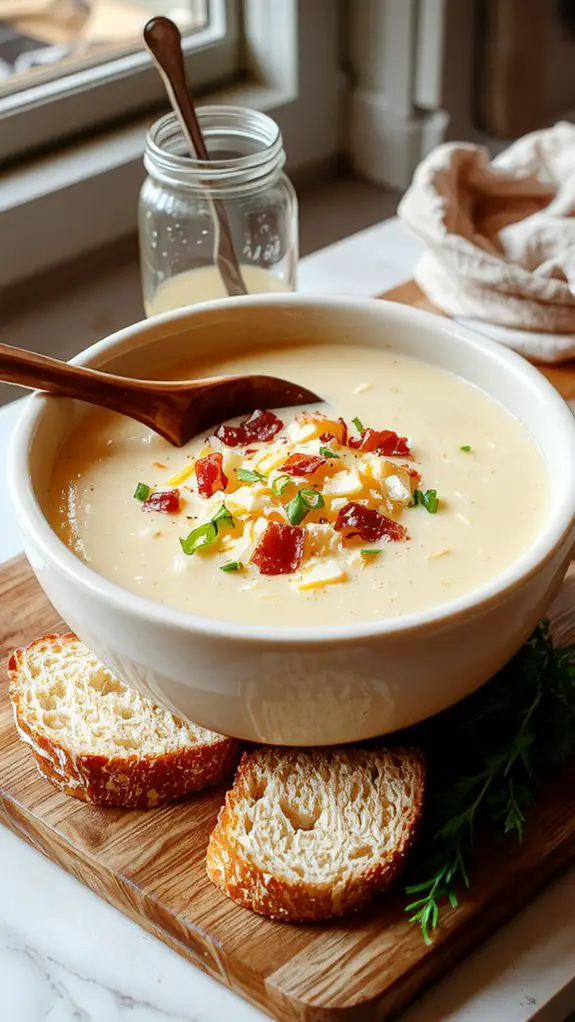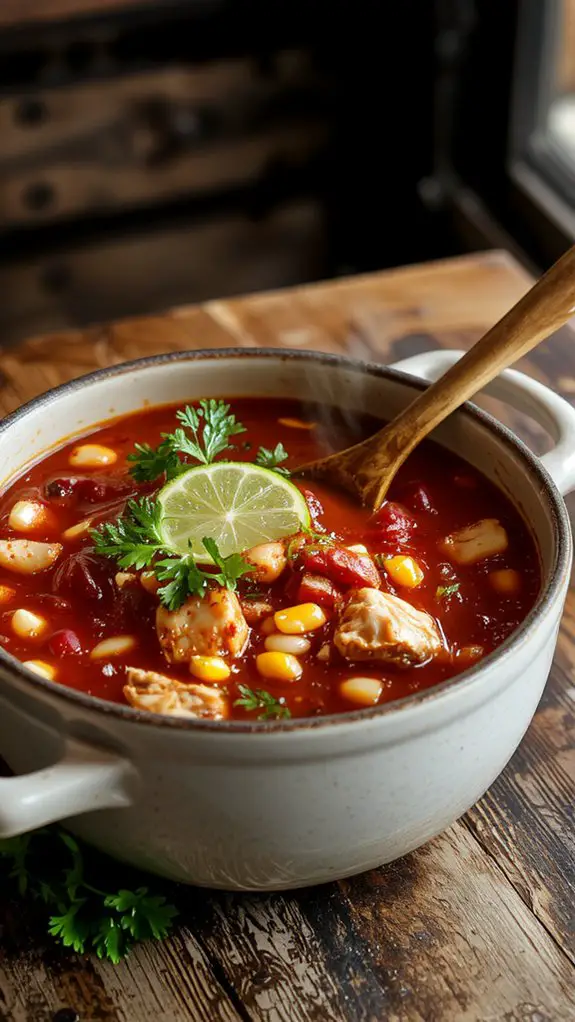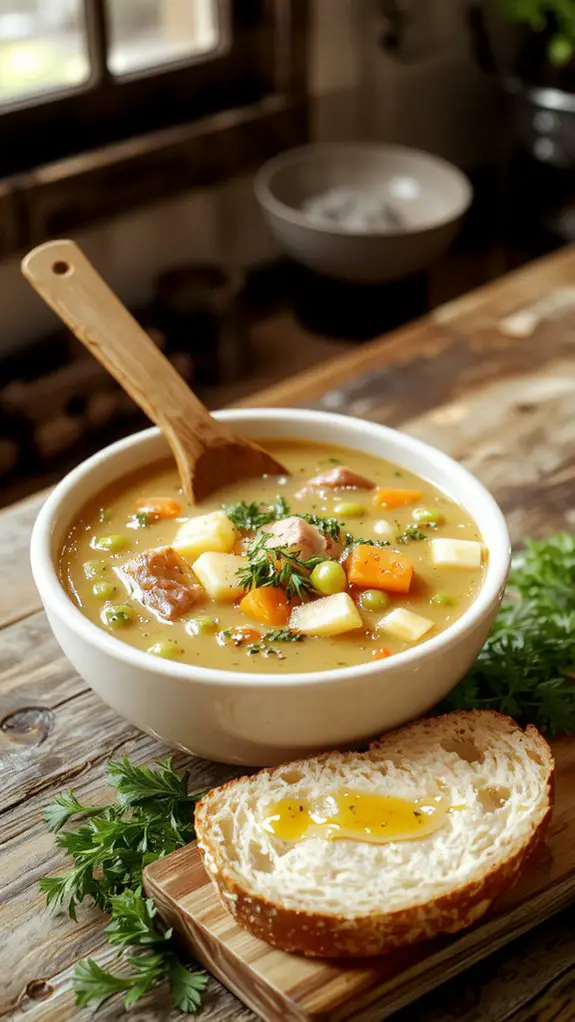Recipe
There’s nothing quite like a steaming bowl of homemade pho—rich, aromatic broth, tender slices of meat, and noodles that slurp up all that incredible flavor. This recipe? It’s the real deal.
I’ve tweaked it over the years, simmering batches until the broth hits that perfect balance of savory, sweet, and spice. The secret? Charred onions and ginger, plus a spice blend that fills your kitchen with the kind of smell that’ll have everyone asking, “When’s dinner?”
And don’t let the long simmer scare you—it’s mostly hands-off, and the payoff is a broth so good, you’ll never go back to takeout. Trust me, one sip and you’ll be hooked.
Ingredients
To craft a truly authentic bowl of pho, the ingredients are key—each one plays a pivotal role in building the complex, comforting flavors that define this iconic dish. While some items are non-negotiable, there’s room for creativity and flexibility to suit your pantry. Here’s your insider guide to the essentials:
For the Broth (The Heart of Pho):
- Beef bones (preferably marrow or knuckle): These are non-negotiable—they’re the foundation of a rich, gelatinous broth. Look for cuts with plenty of connective tissue.
- Yellow onions & fresh ginger: Charred until blackened, they infuse the broth with deep, smoky sweetness. Don’t skip this step!
- Star anise, cinnamon sticks, cloves, & coriander seeds: These spices are the soul of pho. Toast them briefly to release their full aroma.
- Fish sauce: Adds that umami depth. Use a high-quality brand like Red Boat for the best results.
- Rock sugar (or granulated sugar): Balances the savory flavors. Rock sugar melts more evenly, but regular sugar works in a pinch.
- Salt: Adjust to taste, but don’t undersalt—the broth needs to be well-seasoned.
For the Pho Bowls (The Star-Studded Cast):
- Rice noodles (banh pho): Look for wide, flat noodles labeled specifically for pho. They’re essential for the right texture.
- Thinly sliced beef (eye of round, sirloin, or flank): Freeze the beef for 20 minutes to make slicing easier. The thinner, the better!
- Fresh herbs (Thai basil, cilantro, & mint): These bring brightness and fragrance. No Thai basil? Italian basil can substitute, but it’s not quite the same.
- Bean sprouts: Adds crunch. Blanch them briefly if you prefer a softer texture.
- Lime wedges: A squeeze of lime adds a tangy finish.
- Thai chiles & garlic chili sauce: For heat lovers, slice these thinly or mix them into the broth.
Pro Tips:
- Char the onions and ginger: This step is essential—it transforms the broth from good to exceptional.
- Skim the broth: Remove impurities as the broth simmers for a clearer, cleaner flavor.
- Freeze the beef for slicing: Semi-frozen beef is easier to cut into paper-thin slices, which cook instantly in the hot broth.
Little Wins:
- Garnishes: Add green onions, thinly sliced onions, or fried shallots for extra layers of flavor.
- Sauce on the side: Serve hoisin sauce and sriracha separately for dipping the beef and noodles.
With these ingredients and tips, you’re well on your way to creating a bowl of pho that’s as rewarding to make as it’s to eat. Happy cooking!
How to Make the Best Authentic Vietnamese Pho Recipe
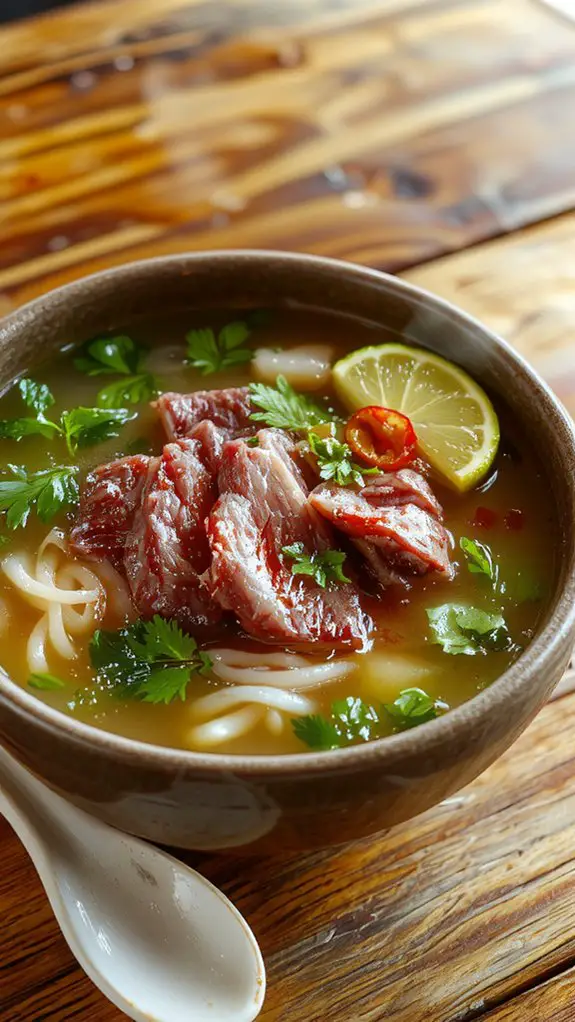
– Strain the broth: After simmering, strain the broth through a fine-mesh sieve to remove solids. This results in a clear and smooth broth.
Pro tip: Press the solids gently to extract every bit of flavor.
– Prepare the noodles: Cook rice noodles according to package instructions, then rinse them under cold water to stop the cooking process.
This prevents them from becoming mushy.
– Assemble the pho: Arrange the noodles in bowls, top with thinly sliced raw beef or cooked protein, and pour the hot broth over them.
The heat will cook the beef slices perfectly.
– Garnish and serve: Add fresh herbs like cilantro and Thai basil, bean sprouts, lime wedges, and sliced chili.
Encourage guests to customize their bowls to their liking.
– Enjoy immediately: Pho is best served fresh and hot. The broth should be steaming, and the noodles should be tender yet firm.
Pro tip: Keep the broth hot until serving to maintain the perfect temperature.
Why this works: Charring and toasting ingredients builds layers of flavor, while straining guarantees a clean broth.
The combination of fresh garnishes and a steaming bowl makes each bite vibrant and satisfying.
Watch-out warnings: Avoid over-simmering the broth, as it can become bitter.
Don’t skip skimming impurities, or the broth will be cloudy.
Finally, don’t overcook the noodles—they should be al dente.
Flexibility: Use chicken bones for a lighter version or add vegetables like carrots and daikon for extra depth.
Adjust spices to suit your taste preferences.
Nutrition
Pho is a nutritious dish, offering a balance of proteins, carbs, and fats. Here’s a breakdown of its nutritional content per serving.
| Nutrient | Amount |
|---|---|
| Calories | 350 |
| Protein | 25g |
| Carbohydrates | 40g |
| Fat | 8g |
| Fiber | 3g |
| Sodium | 900mg |
Chef Tips
When making pho, I always start by toasting the spices—like star anise, cinnamon, and cloves—to deepen their flavor before adding them to the broth.
I simmer the bones for hours to extract maximum richness. Don’t rush the broth; patience is key.
For the best results, I use rice noodles and slice the beef thinly. Garnish with fresh herbs, lime, and chili for brightness.
Perfect pho takes time but delivers unmatched flavor.
Frequently Asked Questions
Can I Use Chicken Instead of Beef for Pho?
I absolutely can use chicken instead of beef for pho—it’s called pho ga, and it’s just as delicious. I’d simmer chicken bones for the broth, add spices like star anise, and top it with herbs and lime.
How Long Does Homemade Pho Broth Last in the Fridge?
Homemade pho broth lasts about 3-4 days in the fridge if I keep it in an airtight container. I always make sure it’s cooled completely before storing, and I’ll freeze it if I need it to last longer.
Is It Possible to Make Pho Without Fish Sauce?
I’ve made pho without fish sauce before—it’s possible! I just add extra salt or soy sauce for depth. It won’t taste exactly the same, but it’ll still be delicious if you adjust the flavors right.
Can I Freeze Leftover Pho Broth?
Yes, I freeze leftover pho broth all the time. Just let it cool, pour it into airtight containers, and leave some space for expansion. It keeps for months, and I just reheat it when I’m ready.
What’s the Best Substitute for Rice Noodles in Pho?
I’d use zucchini noodles or shirataki noodles as the best substitute for rice noodles in pho. They’re light, absorb the broth well, and keep the dish gluten-free if that’s a concern for you.

